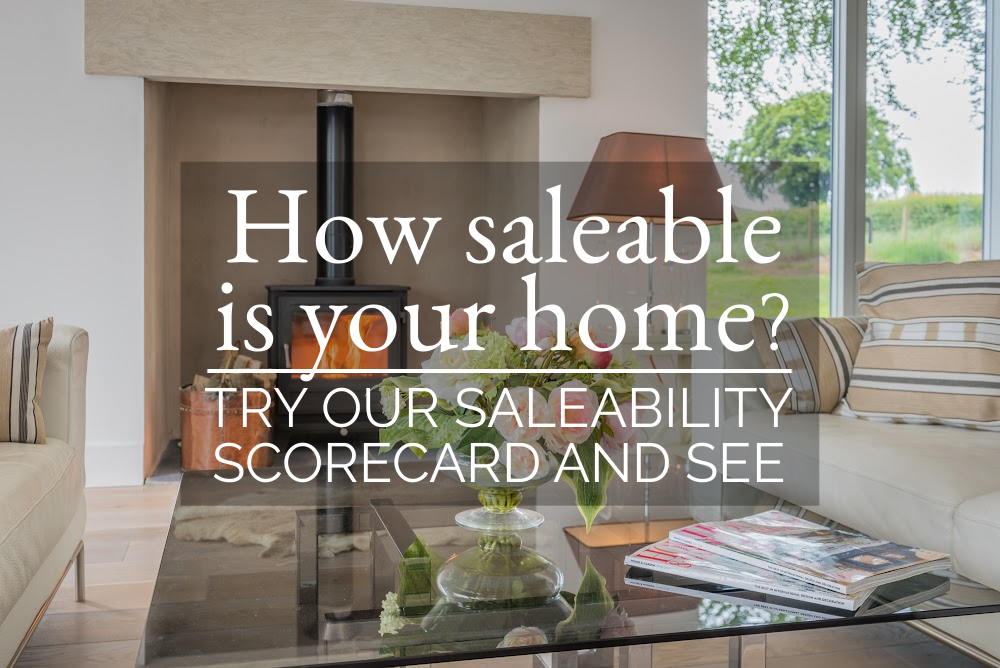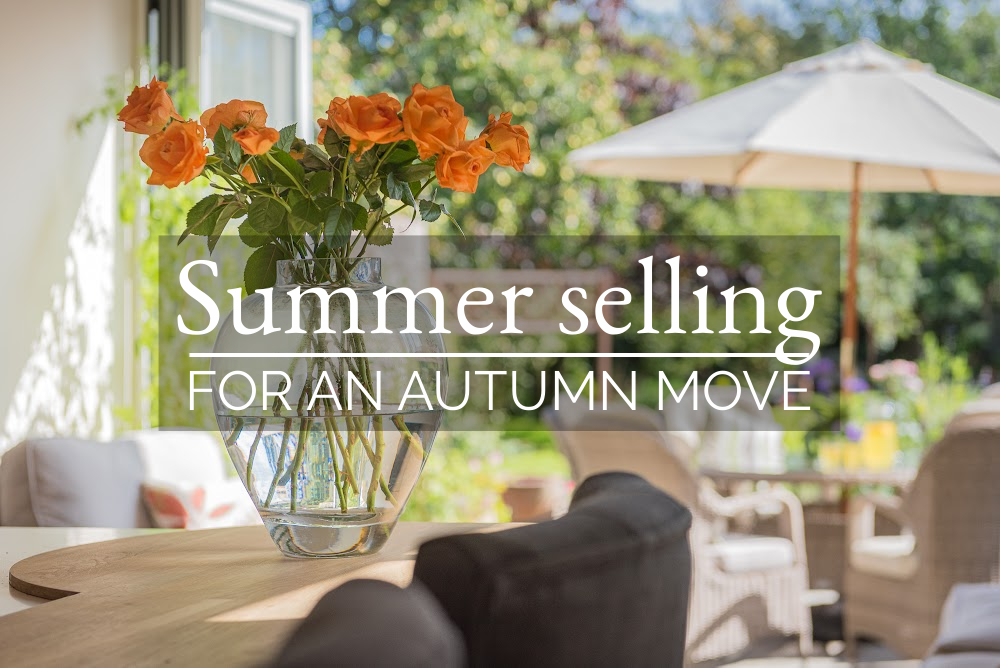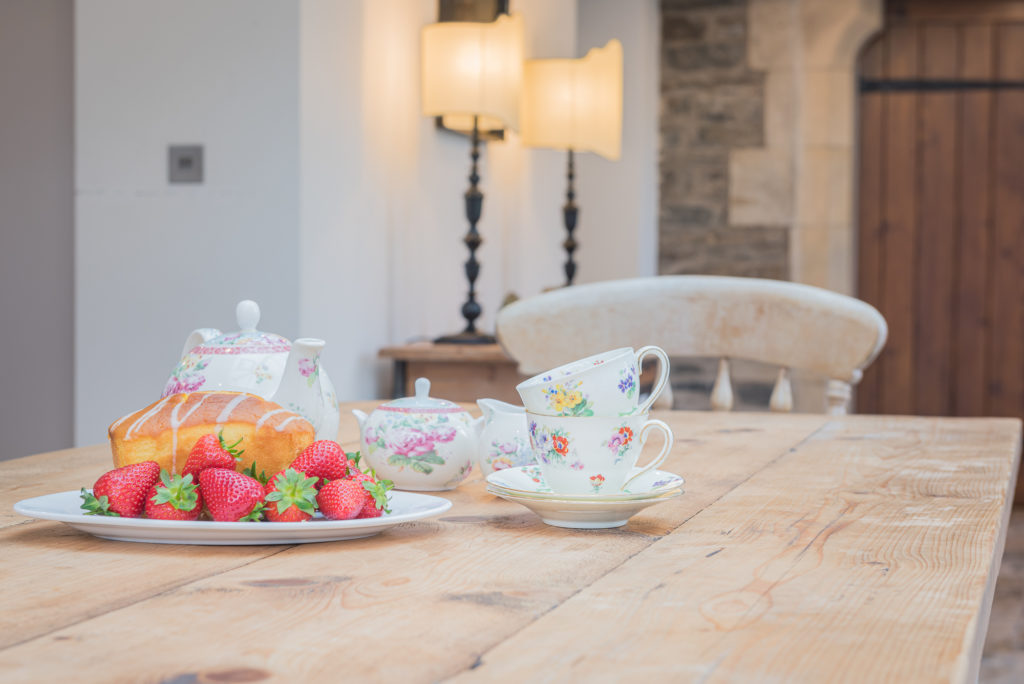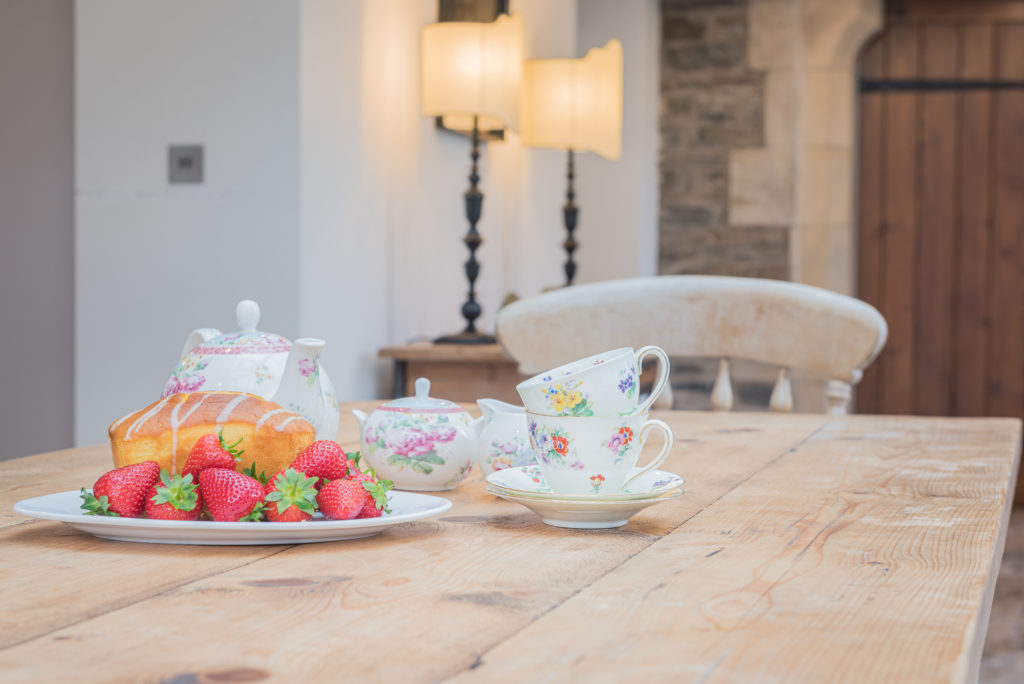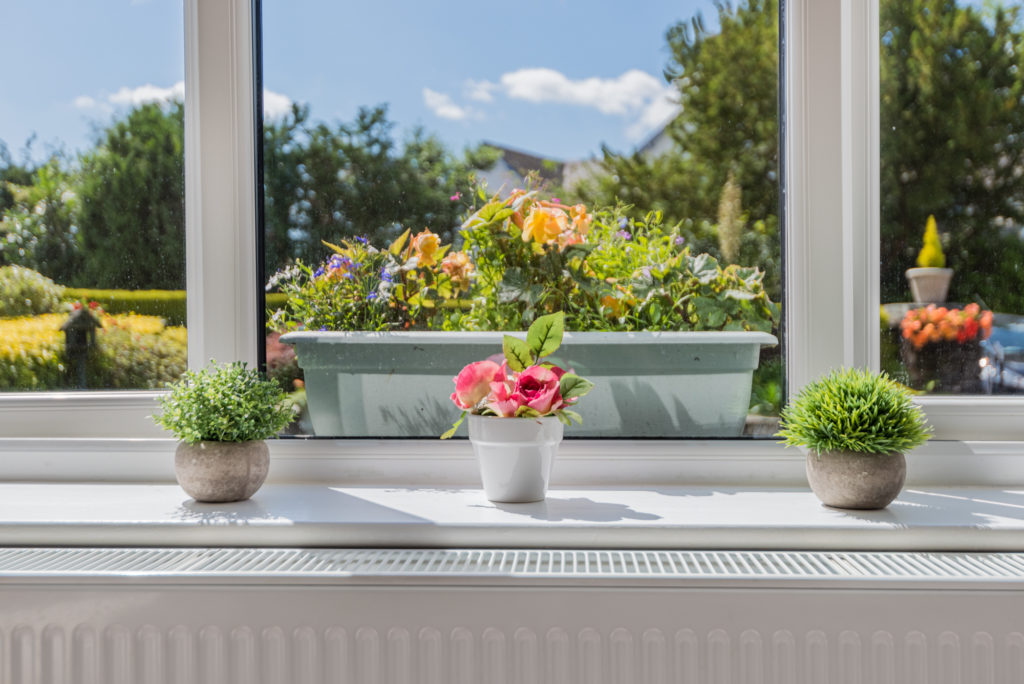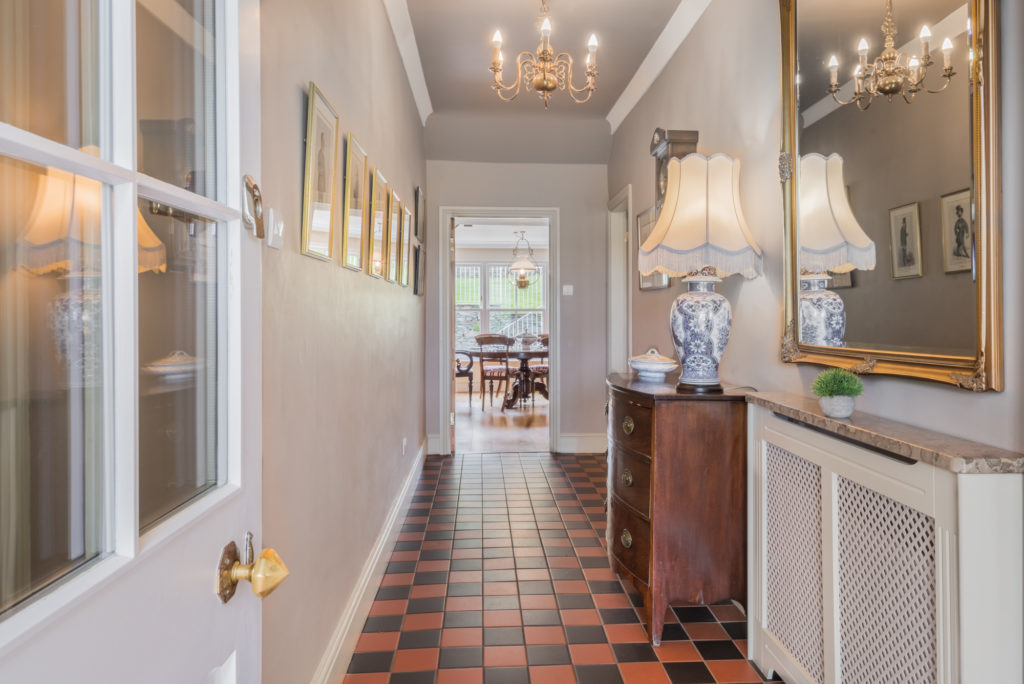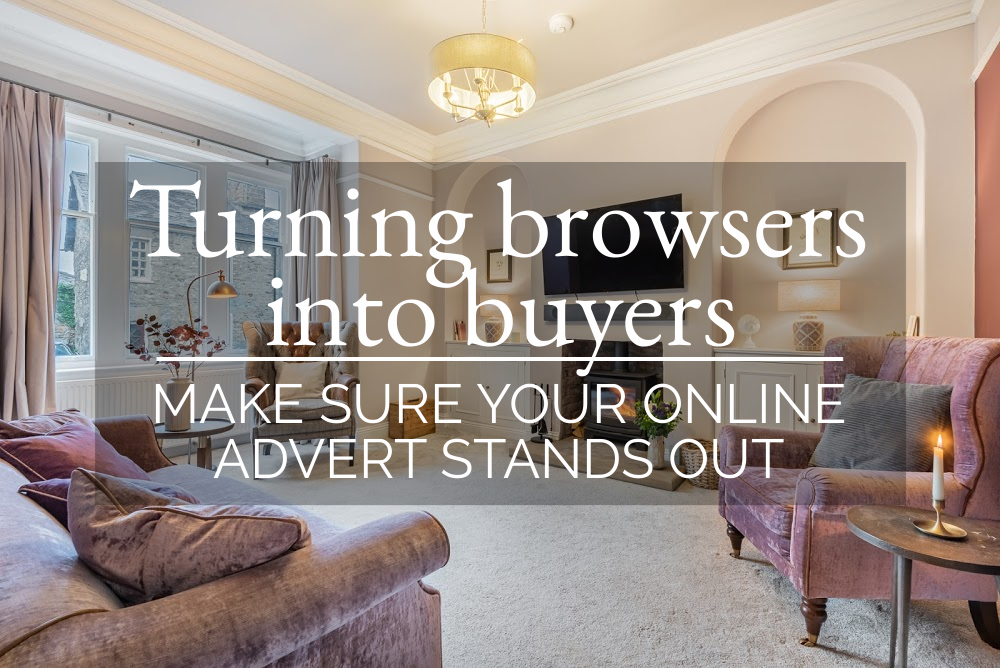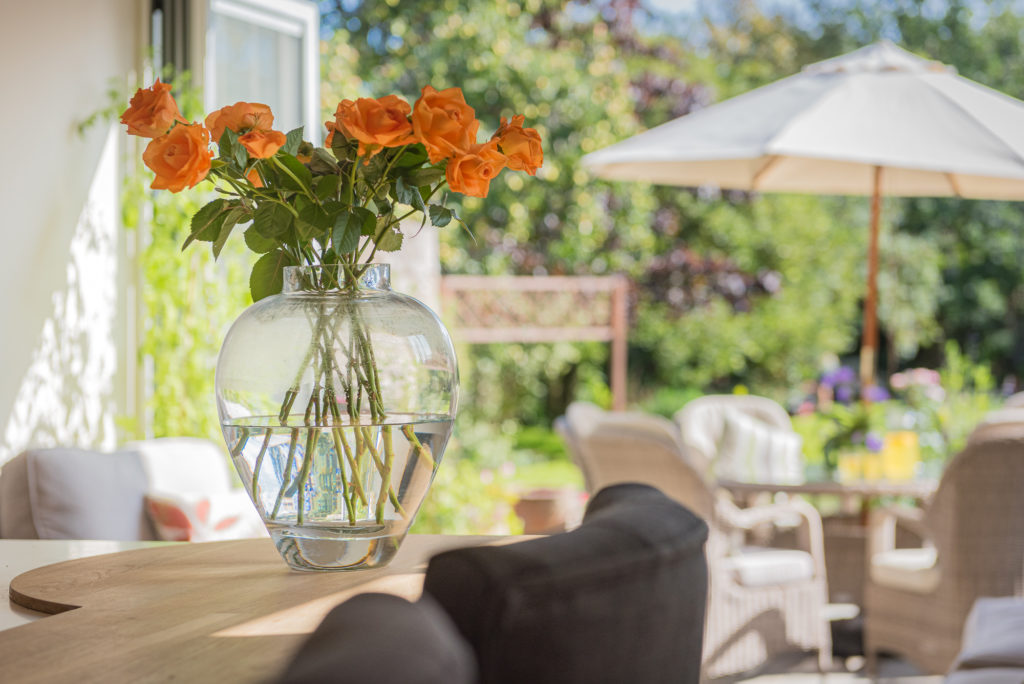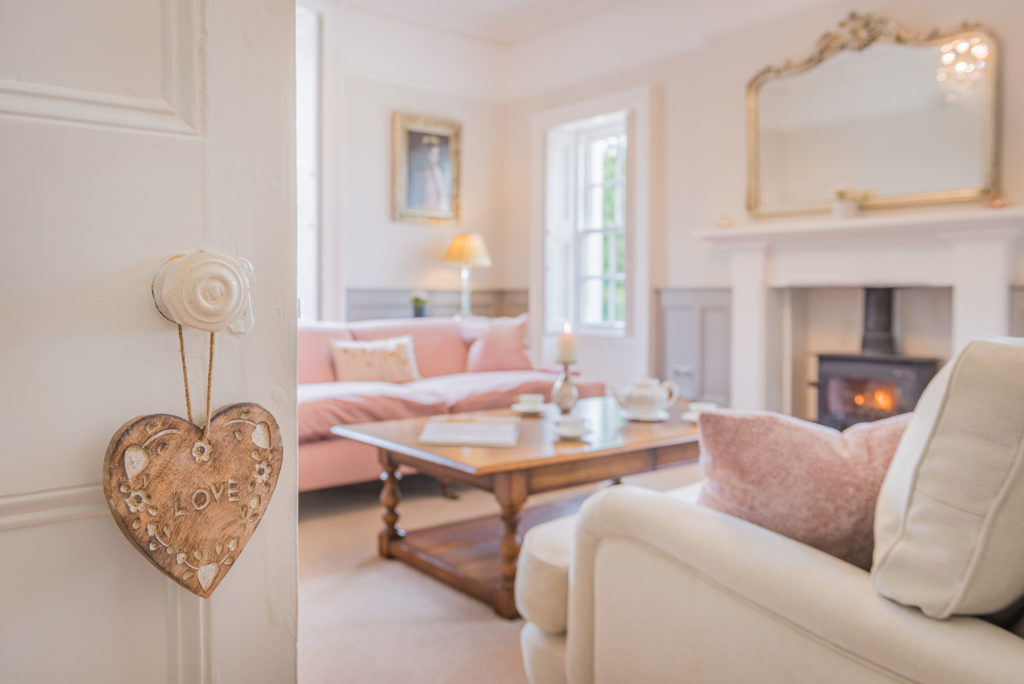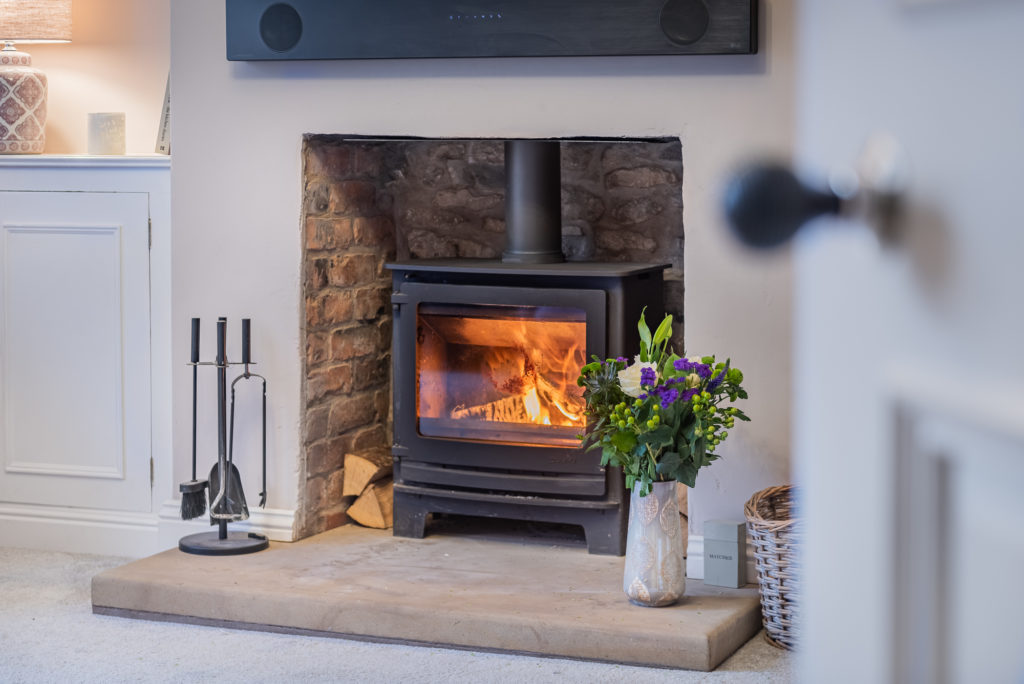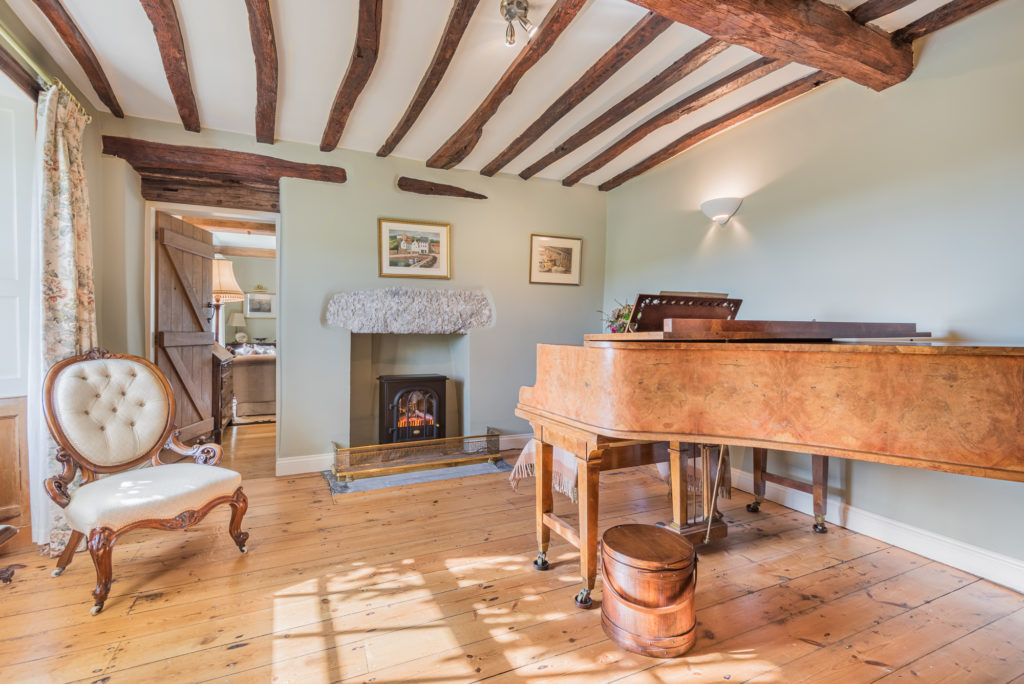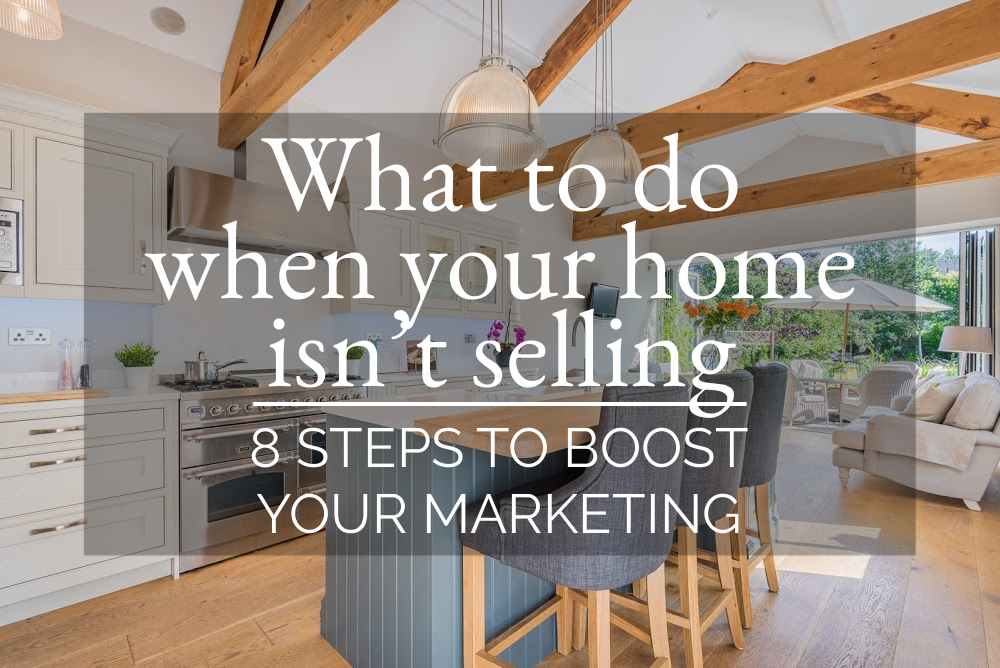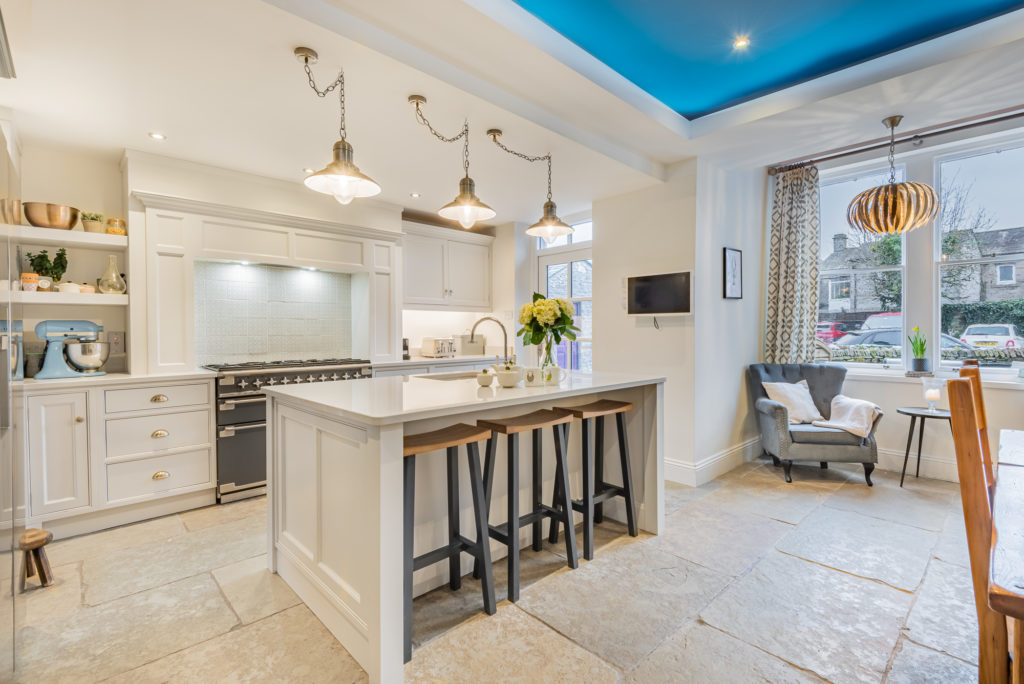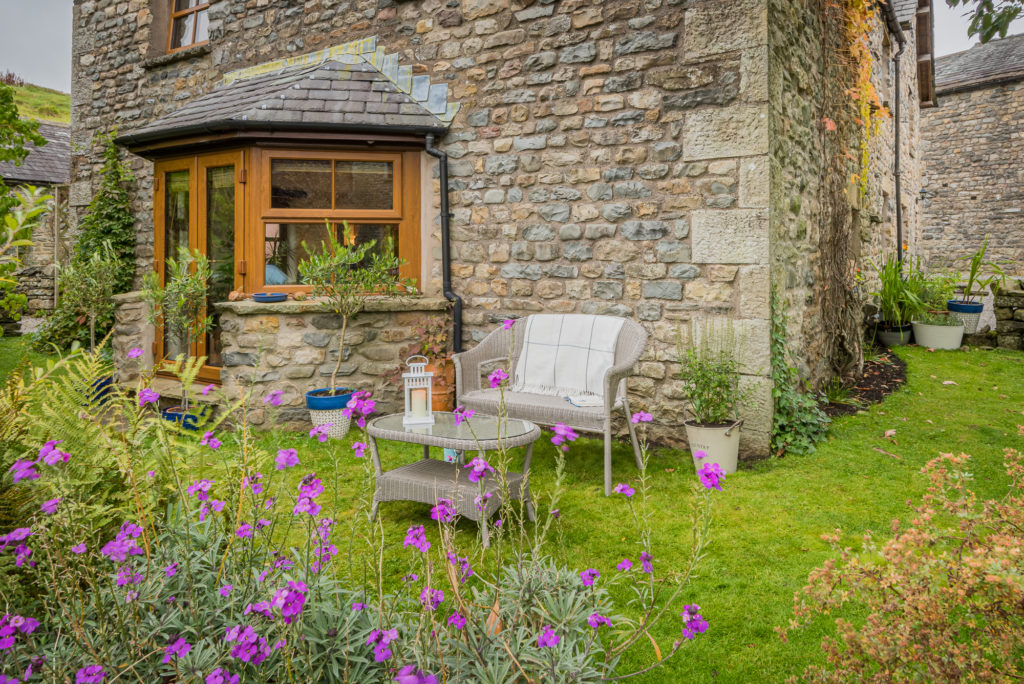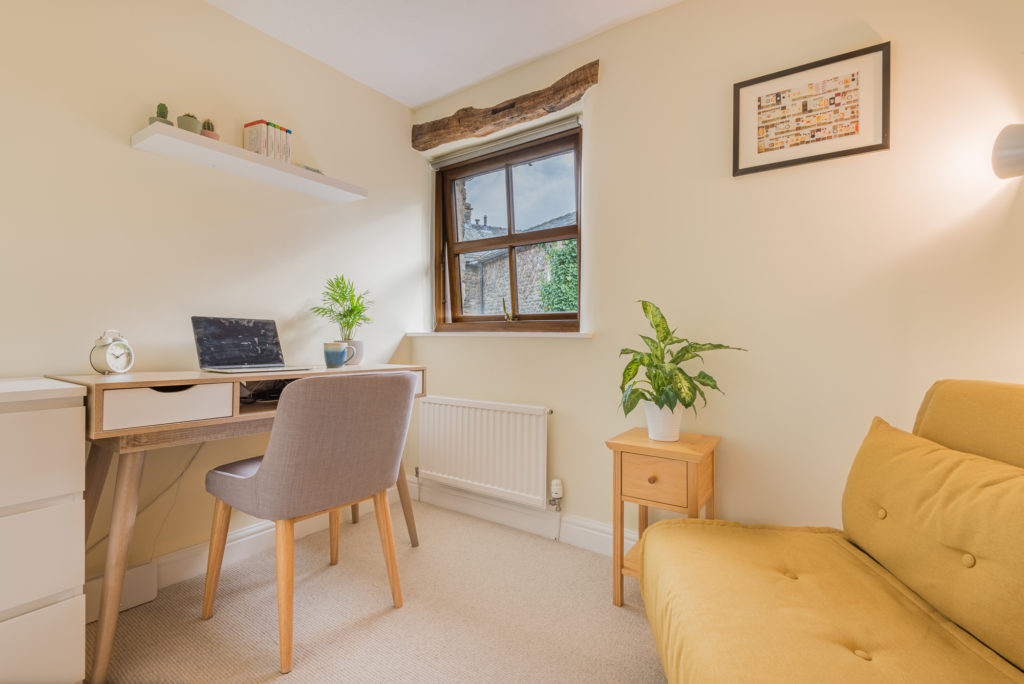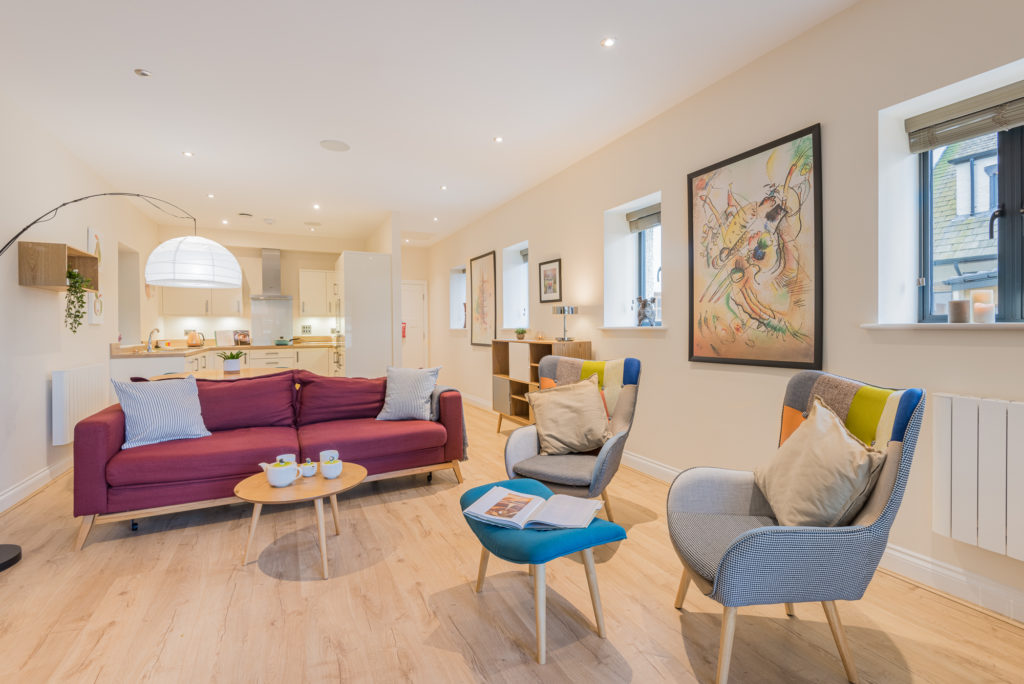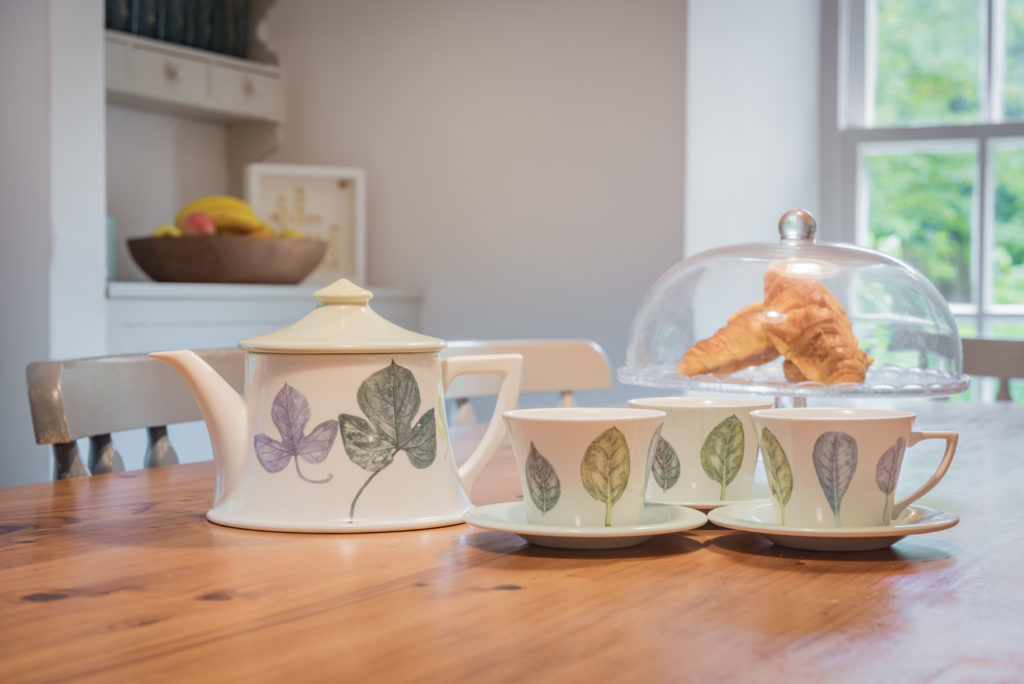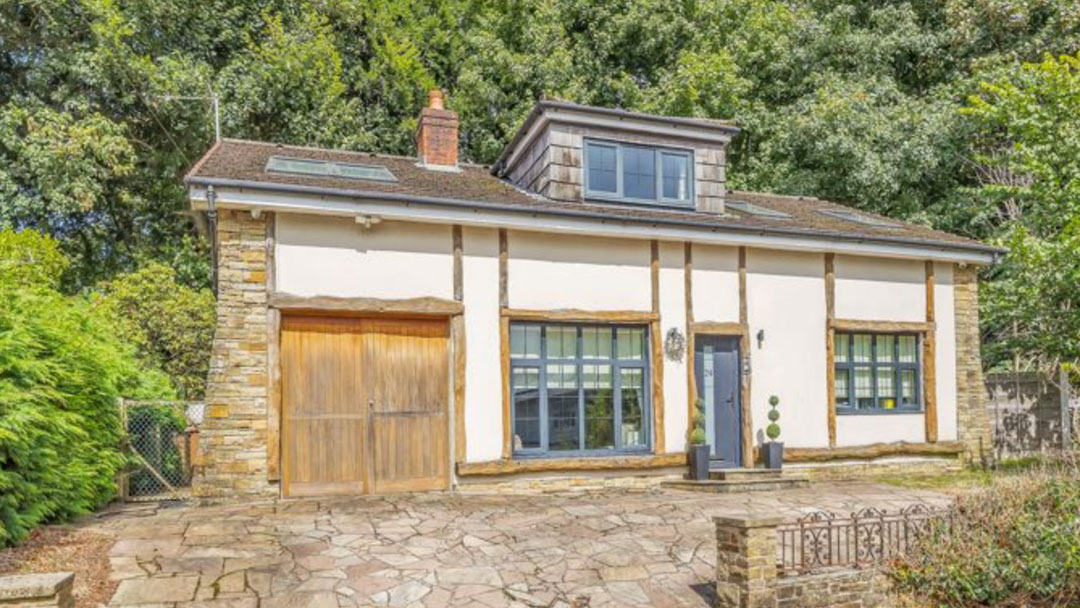Selling a home might not be an exact science, but there are a number of factors that will make a huge difference to how successful your sale will be.
Our experience has shown us that homes that sell quickly and for a good price tend to have certain key things in common, so we’ve developed a checklist that we can use to analyse the saleability of any home. We rate various elements of your marketing approach across five categories, awarding up to a maximum of five points for each element to give your home an overall ‘Saleability Score’.
Using our scorecard, you’ll be able to see for yourself where there may be room for improvement in your marketing. Once you’ve identified which areas aren’t as strong as they could be, you can discuss those points with your agent and work together to turn things around so that your home makes the right impact on buyers.

So, if your home has been on the market for a while and perhaps you haven’t had quite as many viewings as you’d hoped, run through our Saleability Scorecard and see how your marketing stacks up. Set aside a couple of hours, and make sure you have your printed brochure and online listing to hand. Think about every question carefully, and try to look objectively at your marketing materials and how your home is presented. Then give your answers in the form of points, awarding from a minimum of 1 to a maximum of 5 for each bullet point listed under each element below:
- Your estate agent
Communication and feedback are key to helping you understand how the marketing is going and reassuring you that your agent really is doing their best to sell your home. So:
- Do they call you regularly – at least once a week?
- Do they accompany every viewing?
- Do they give you detailed feedback after each viewing?
- Have they made any suggestions around how you might be able to generate more viewings – other than dropping the price?
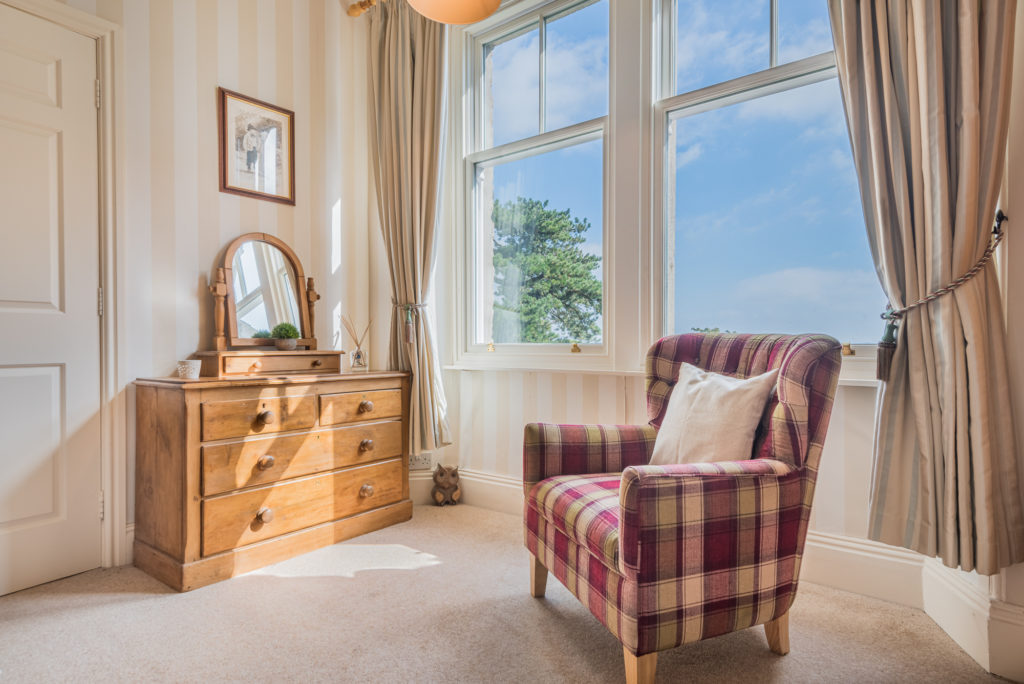
- Your brochure
Your brochure needs to convey the quality of your home, setting a standard and value before the prospective buyer sees it in person. And the photographs have got to showcase a desirable lifestyle, grabbing buyers’ attention and enticing them to view.
- Does the brochure fully represent your home – we usually recommend 16–20 glossy pages – and does it have a luxurious feel?
- Are your photographs professional, and do they sell a lifestyle? The features of each room should be shown in crisp detail, and the images should convey an aspirational feel. In a sitting room, for instance, fires and candles should be lit, fresh flowers put out, and lights switched on to ensure the room looks spacious and bright, but cosy and inviting at the same time. A gently bubbling bath with flickering candles is selling a relaxing and luxurious lifestyle, not just a bathroom. And for kitchen photographs, some fresh baking will bring the image of the room to life and stimulate more than just the buyer’s visual senses.
- Is the written description enthusiastic in tone and full of emotive adjectives? The copywriter should be conveying a narrative that really captures the buyer’s imagination and makes them want to experience your home for themselves.
- Does the floorplan include dimensions and the overall floor area and show the orientation of your home?
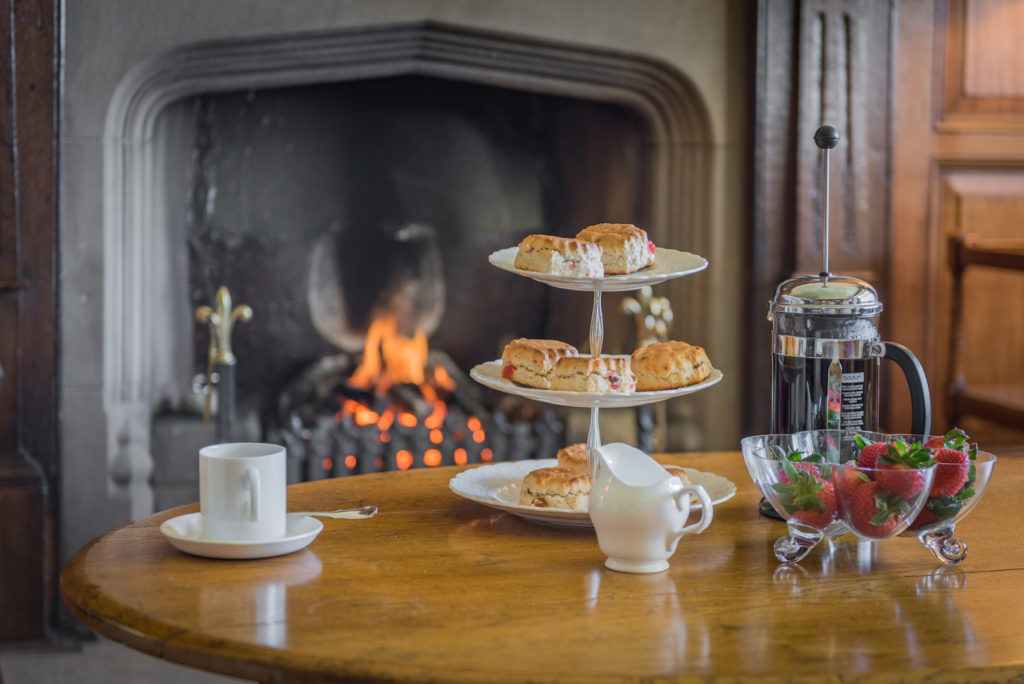
- Your online advert
This is your virtual shop window, and with the possibility of hundreds of other homes appearing in search results, your listing needs to stand out.
- Does your main photograph grab a buyer’s attention and encourage them to click for more information? We find that a twilight shot with all the interior and exterior lights on can be a particularly striking image and is often the best one to use online.
- Does the listing have a punchy, eye-catching headline?
- Is the description concise, while still selling the best features of your home in a flattering way?
- Is there a good-quality image of the floorplan, and brochure download button available?
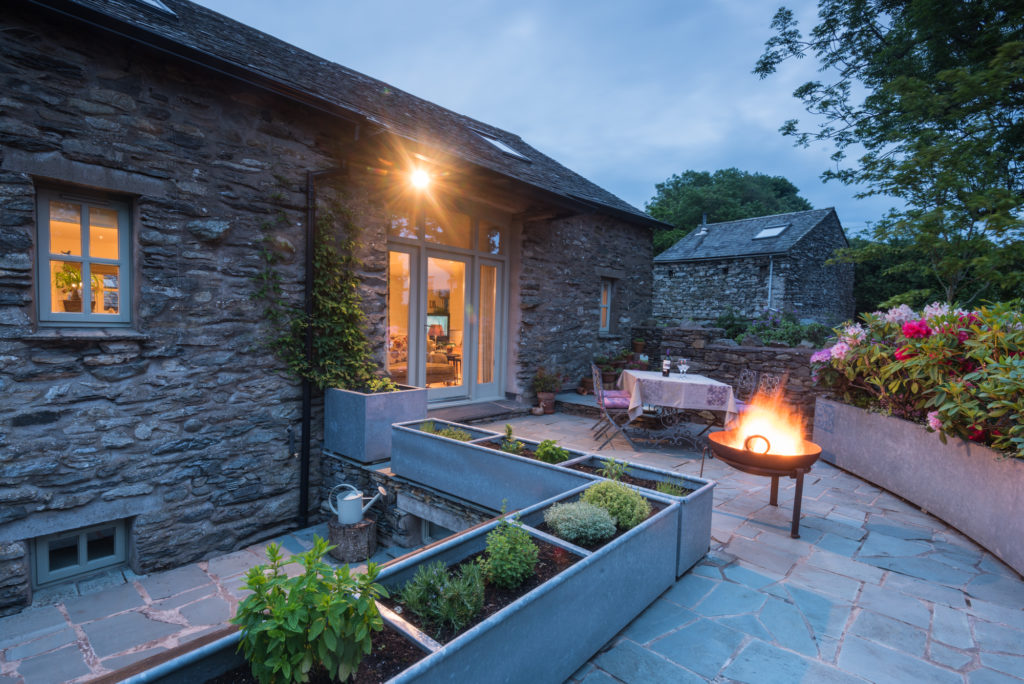
- The price
If a home is marketed at too optimistic a price, it tends to sit on the market for longer. So you must make sure your home is advertised at a price that both reflects its true value and attracts buyers.
- Is your asking price a round figure, e.g. £950,000, not £949,999?
- Does your home appear at the top of a search in your price range?
- Do you know how your price per square foot compares to that of other similar homes in the area?
- Have you stuck to your asking price, even if your agent thinks you should drop it?
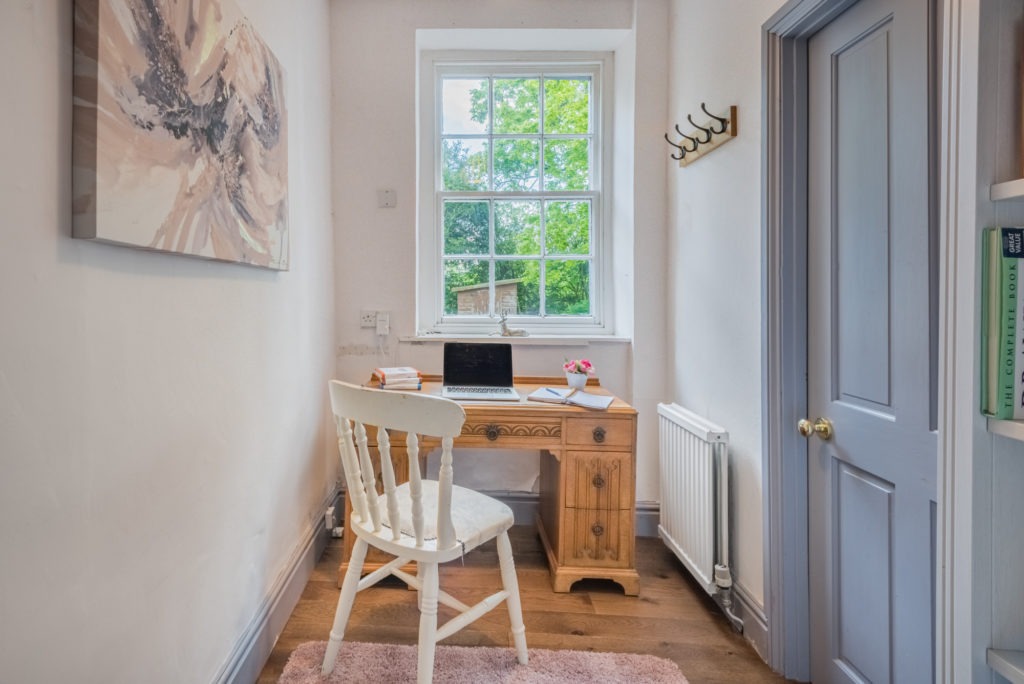
- Preparing your home for viewings
You must do all you can to make buyers fall in love with your home – from the moment they first see it on the market to the end of their viewing.
- Do you style and tidy the outside – both the garden and your home itself?
- Do you have fresh flowers inside?
- Do you dress all the beds?
- Do you switch on lamps, light candles and have fresh coffee or baking to create a homely and welcoming atmosphere? For more inspiration, take a look at our blog, ‘6 simple steps to prepare your home for viewings’.

Now, add up the points.
If you have a Saleability Score of more than 80, well done – that suggests both you and your agent are on top of your home sale! Just take note of the areas where you might want to make a few tweaks, and if you still find you’re not getting enough viewings, then get in touch with us.
If you’ve scored between 50 and 80, there are probably quite a number of areas that you and your agent could work on. The good news is, this means there’s every likelihood that if you can just make the right improvements to your marketing, you should be able to attract much more interest and start to get some offers coming in.
However, if you have under 50 points, it’s probably time to consider a full marketing makeover. And if your current agent hasn’t already addressed the various challenges, it could be time to switch to one that’s more proactive and professional in their approach. We would be more than happy to discuss how we can help you with this, so please feel free to get in touch with us at any time.
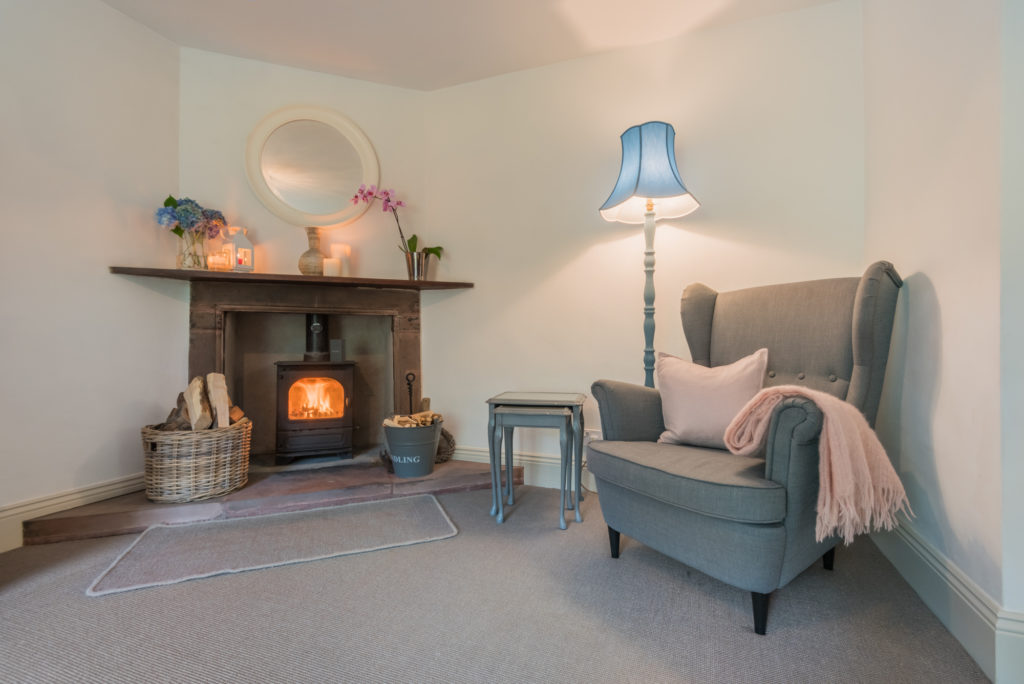
And if you’re feeling a little disheartened by your result, be encouraged by the fact that there are plenty of things you can do to make your home much more saleable – with the right agent on board. The important thing is that you take action right away. If you don’t, your home will simply sit on the market, leaving it at risk of possibly going ‘stale’, which is likely to reduce your chance of getting a good sale price. When buyers see the same home being advertised in the same way, week after week, it gives the impression that something isn’t quite right. So it’s time to grab the bull by the horns!
The first port of call is to speak to your agent, show them our Saleability Scorecard and find out whether they agree with your ratings. It may be that they have their own ideas about the kinds of changes that could be made and are keen to work with you to turn things around.
However, if you don’t get the response you were hoping for, give us a call – we can review your marketing ourselves and give you our expert opinion on what needs to be done to secure a successful sale. Then, once we’ve visited your home to appraise it fully, we’ll come up with a bespoke marketing strategy that focuses on promoting all the best features of your home and relaunch it onto the market in style!
If you’d like to discuss your current situation and find out how we can help you and your home get the sale you deserve, just give us a call on 01706 356633 – or email enquiries@reside.agency – and we’ll get right back to you.

